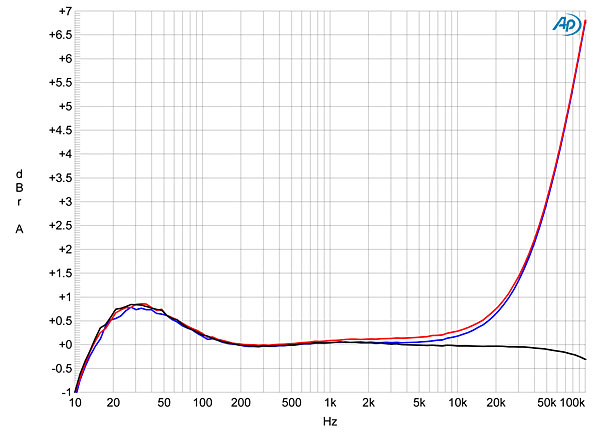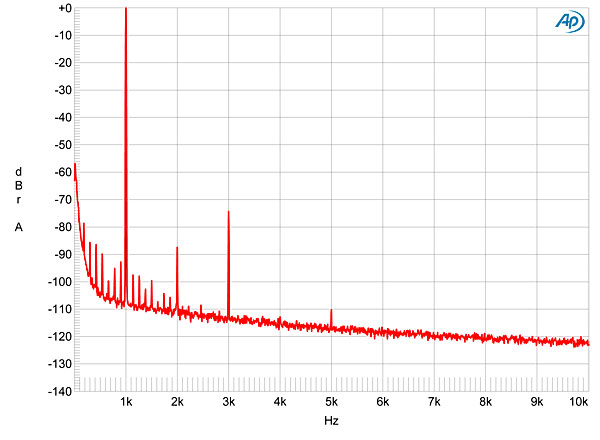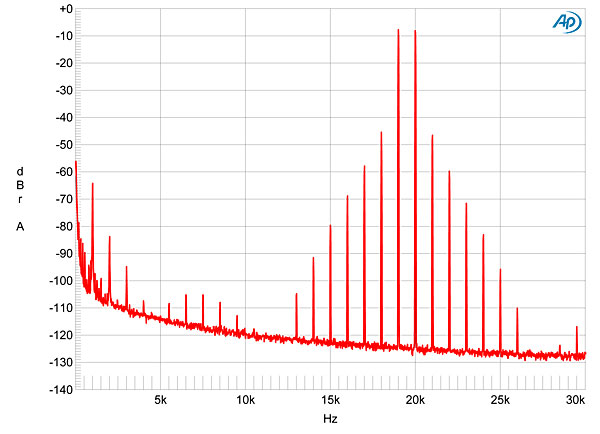| Columns Retired Columns & Blogs |
Congrats to Mikey Fremer, who takes loads of guff on his reviews -- but to my mind, got this one spectacularly right. Having been 'doing' hi-end and analog for 30 serious years now, I've heard plenty of stuff and Fremer's characterization of the BMC phono stage is dead on the money - additive of nothing, wonderfully transparent. It is not for everyone, in fact, it's a phono stage for the very few. You'll need a very revealing, quality table - yes, something approaching 5 figures retail - and a cartridge that is equally revealing but also super low in internal inpedence - the My sonic labs may be perfect, but the zyx cartridges with their 4 ohm impedance is super as well.
and for ZYX owners, might I suggest this as the perfect phono amp - These cartridges are perhaps the best I've ever heard and owned, but they are known to be tricky in loading set up and not particularly happy with SUT's of 'lesser' quality or strange load - the BMC MCCI, frankly, does away with all that.
I've had tons of cartridges and phono stages, but the combo of my ZYX Universe and this phono stage is very compelling - not lush, not seductive - put feels pure without feeling sterile at all. the BMC is really allowing the ZYX to do it's stuff!
Nice job, Mr. Fremer.








































